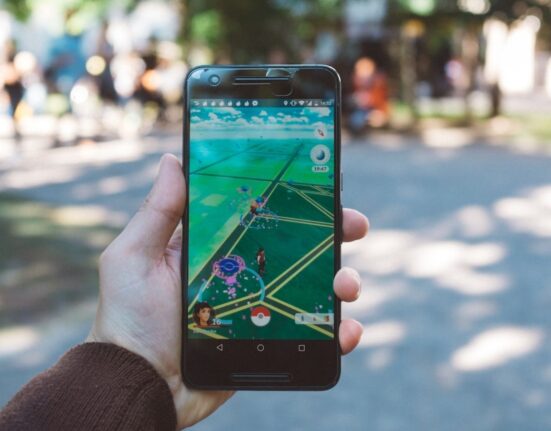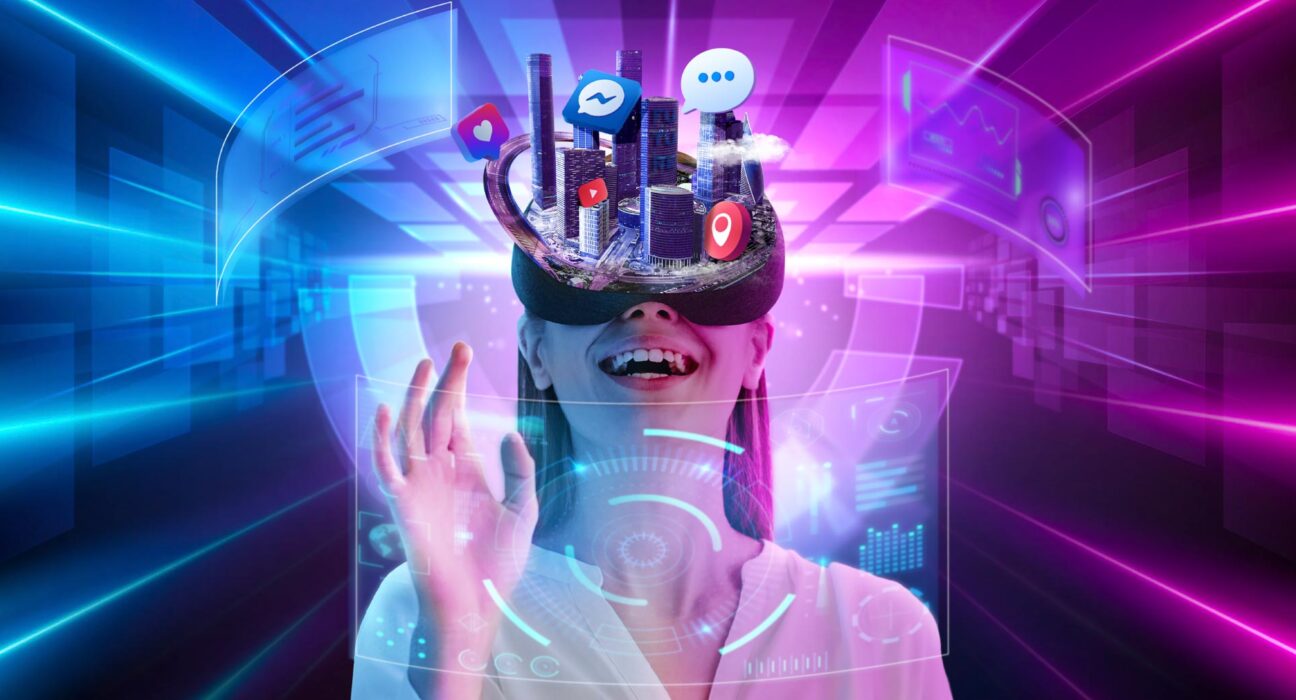By 2024, it is predicted that the Metaverse, valued at $47 billion owing to a spike in interest in 2020 when the epidemic peaked, might reach the $800 billion level. As a result, as consumers spend more time in the Metaverse, companies must adapt. Given that Gartner’s research projects that by 2026, 25% of people would spend at least an hour each day online, firms who are already thinking about how their customers will interact with them will have an advantage.
Customers may have the most thrilling, immersive experience with Metaverse, which includes gamification, personalization, and quick problem-solving.
Companies now have the chance to provide meaningful, tailored client experiences because of the rise of the “verse.” How will this area innovate the buyer’s experience, then? How can you design a setting that makes visitors to your website never want to leave? Thus, it all begins with:
- Increasing Personalization Levels: Whether it’s the gaming experience, the user experience, or the consumer experience, the Metaverse has shown to be a place where experiences may be highly customized. This is so that each customer may receive an experience that is specifically tailored to them, thanks to the Metaverse’s extensive personalization capabilities.
Customers may customize how they interact with the Metaverse by selecting their avatars depending on their gender, age, social media networks, self-interests, and other preferences like color or theme. Additionally, customization is a two-way street. Additionally, businesses may personalize adverts and make it very simple for customers to select from various choices. This extreme personalization increases client loyalty and helps to create a very memorable experience.
- Gamifying the Customer Experience: The newer generations are not just accepting of living online but also looking forward to it. 48% of Millennials and 38% of Gen Z think that in 10 years, the Metaverse will be a part of their daily life. Having unique assets in the Metaverse is a justifiable expenditure, according to 51% of millennials and 37% of Gen Z, which indicates that these generations are planning financially for the area. Therefore, these generations are ready to live a significant portion of their lives online. eCommerce is included here.
When IRL brick-and-mortar stores are closing, the Metaverse presents a chance to alter this area. Gamification advances the customer journey by using avatars as customers, videogame-inspired environments, and readily customizable products. By making the customer journey game-like, you may provide your customers incentives for progressing through the various “levels.” However, this necessitates creating a metaverse consumer journey.
- Creating Content Specific to a Brand: The “verse” allows businesses to get a little wild and create wholly unique immersive experiences for their clients. Companies may build complete ecosystems with their laws, environments, and physics, opening up a world of gaming and narrative possibilities.
For instance, Roblox and Gucci collaborated to create a cutting-edge user experience last year. On the Roblox platform, the businesses sponsored the “Gucci Garden,” a two-week art display designed to increase brand recognition among younger users. Visitors to the area could try on and purchase digital Gucci items before exploring the themed rooms. The avatars absorbed aspects of each location as they traveled across the virtual world. The goods were sold using a revenue-sharing approach, which ensured that the collaboration was equitable and cooperative and that both the platform and the brand got value from any sales of the virtual clothes.
- Providing a “Try Before You Buy” Experience for Customers: Customers can test your goods before buying them thanks to an immersive, engaging, and realistic experience, saving you money on expensive returns and customer service hotlines. Retail businesses in the automotive and cosmetics sectors are already utilizing these immersive technologies to provide clients with the ability to get a clear visual impression and make educated selections.
This may be helpful for furniture manufacturers as well. For instance, Ikea’s Place AR app allows buyers to place digital furniture in their homes to choose the size and color that is best for them.
- Relating to the Public Better: Companies and brands may increase their reach to a worldwide audience and guarantee their engagement with customers is enjoyable and participatory by utilizing the Metaverse to launch PR campaigns.
Additionally, the Metaverse offers businesses the chance to develop a brand-awareness-boosting experience that, as a result of this strengthened relationship, increases client loyalty. Therefore, a business may develop a virtual reality tour of its office, store, or facility or even conduct a virtual event that enables consumers to discover the business and engage with its goods and services. They could even have a media tour or virtual press conference throughout the multiverse.










